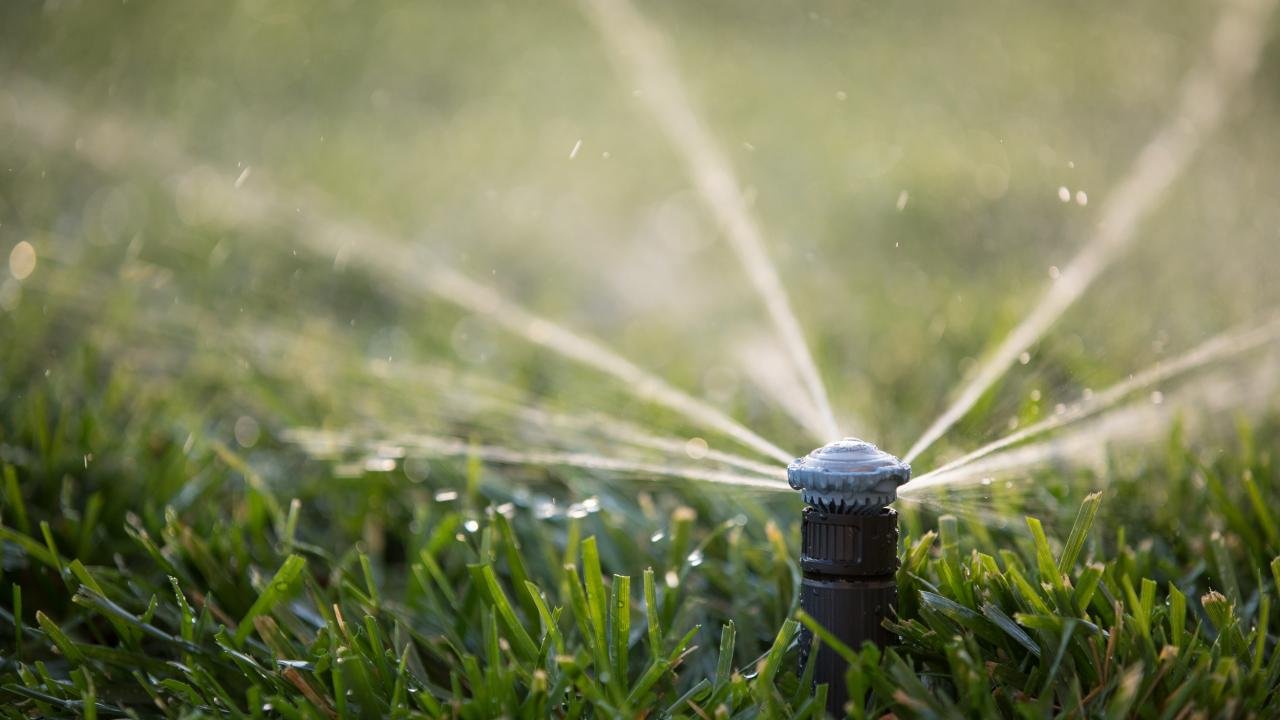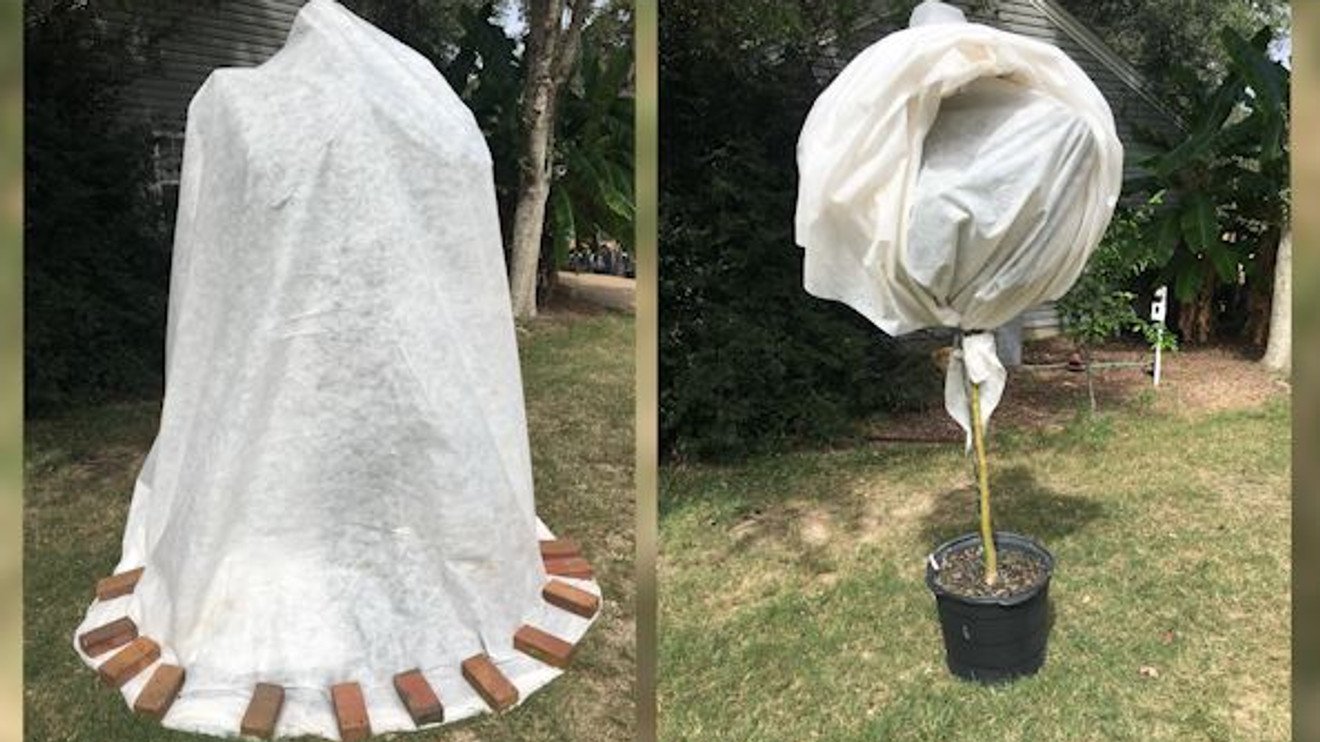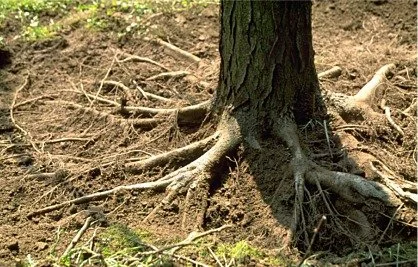THE PLANT ESTABLISHMENT PERIOD: WHAT IS IT AND WHAT YOU CAN DO TO HELP YOUR PLANTS
It can happen to even the best gardeners. You spend a lot of time, effort, and not to mention money, to create your new landscape, only to enjoy it for only a brief period time before you notice some plants have keeled over. Most of the trees, shrubs, palms and plants installed in landscapes come from a nursery environment, where they have been tended to by garden staff keeping them happy and healthy in an ideal environment. But once these plants move from a nursery into your yard, they are on their own to establish in the real world and yes, it can be scary for plants!
Plants are living things, so they too have needs in order to establish and adapt to a new area, just like we would if we moved to a new home or city. In this article, we cover what happens during the establishment period, what can threaten plant establishment, and what you can do to help them successfully establish and thrive in your new landscape.
First Things First
Before we jump in, let’s go over a few fundamentals. First, what is the “establishment period”? Or better yet, how long is it? Generally speaking, the establishment period is the time it takes a plant to develop its root system. The root system is vital structurally to physically support the plant, but also functionally so it can absorb nutrients from the soil and grow. As you can imagine, this absolutely varies by species, their size at time of planting, the season when planted, and more. As a general rule of thumb though, we assume about one year for perennial plants and shrubs and several years for trees. Annual plants, however, can take just a few months to establish. It’s always best to learn about the species you have planted so you know in advance which ones require some extra tending versus others.
Image courtesy idiggreenacres.com
The establishment period is also set up for success, or failure, based on actions taken before plants go in the ground. This includes: removal of weeds or invasive plants, soil evaluation and site preparation, irrigation set up, right plant selection and plant installation techniques. Assuming these have been completed well, nothing can go wrong, right? Wrong, unfortunately. So now, let’s get to it.
Irrigation – Inadequate watering, either too little or too much, is one of the most common reasons for failed plant establishment. Plants and trees that are in the establishment period require extra irrigation for success. Your irrigation or landscape specialists do their best to set up your sprinklers or other methods of irrigation when plants are installed, but don’t assume it remains this way. Periodically check your irrigation coverage and frequency to make sure they are working properly and all areas are getting adequate watering.
Want a failsafe way to check for proper irrigation? Just insert your finger a few inches into the soil and if it’s moist, you’re doing a great job! If it’s dry, increase your irrigation as you never want your new plants to fully dry out in between waterings. Signs of water related stress on plants such as drooping leaves or yellowing / browning (and even a smell!) may indicate a watering regime change is needed.
Weeds – A native, Florida-Friendly landscape is a “low” maintenance garden, not a “no” maintenance garden. One of these low maintenance tasks that should always occur, especially as plants are establishing, is weeding. Weeding is not all about aesthetics either. Weeds are great at hogging up resources like space for plant growth, water, soil nutrients and light. As you see weeds emerge in your garden, remove them to prevent competition with your new plants as they establish.
Extreme Weather – If you’ve ever wanted to play weatherman, no better time than the plant establishment period. Checking weather forecasts for extreme weather conditions is necessary during this establishment time. Heavy rainfall, extended droughts, high wind conditions, or frost can cause plant damage or death even on mature plants, but newly installed plants are even more vulnerable as they establish. Take appropriate actions such as extra irrigation during droughts, turning off irrigation when excess rain has occurred (roughly more than 1” in one day), verifying good support straps or plant stakes are in place for high wind conditions, and covering plants during frosts to ensure your plants stand a chance.
UF/IFAS Extension Leon County demonstrates (from left) the correct and incorrect way to protect plants during cold snaps. (Photo credit: Molly Jameson, UF/IFAS Extension Leon County)
Soil and Mulching – New top soil and mulching that was likely added during installation will settle around new plants during the establishment period. It’s important to check that trees and plants have good loose soil and mulch around the base to best manage water and manage erosion. Check that your plant “root flare” or the immediate area around its base is just above soil level so you can still see it and that no mulch has washed away or settled directly over the root flare.
Areas most vulnerable to mulch and soil erosion issues are usually located around roof or gutter downspouts, so pay extra attention to plants located there and make necessary adjustments to prevent too much water from pooling up in one area. Too much standing water around plants can quickly cause roots to rot during establishment, and really even after establishment for that matter.
Disease and Pests – Sometimes plants can unfortunately come with, or acquire disease from pests or get eaten by some pests themselves. The presence of critters on your plants doesn’t always indicate the plant is in danger, as some are indeed a food source for wildlife and plants can sometimes recover from this herbivory. But plants are more vulnerable during the establishment phase, so it’s best to ask your friendly landscaper if you notice anything odd to be sure. For a threatening pest, a gentle water rinse and manual removal is best.
When you know better, you do better right? So now that you know what to look out for, a successful establishment period for your new landscape is well within your reach! If you have questions or want help during this phase of your landscape project, contact us for landscape maintenance options and we’ll help your plants establish and thrive!










